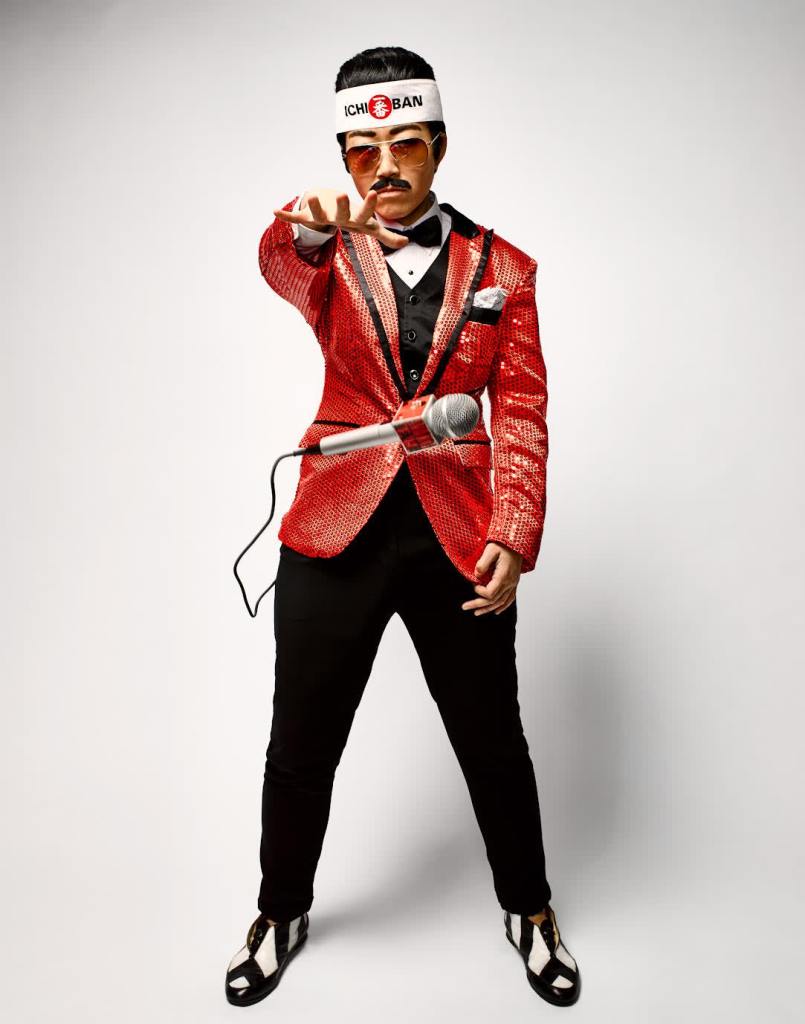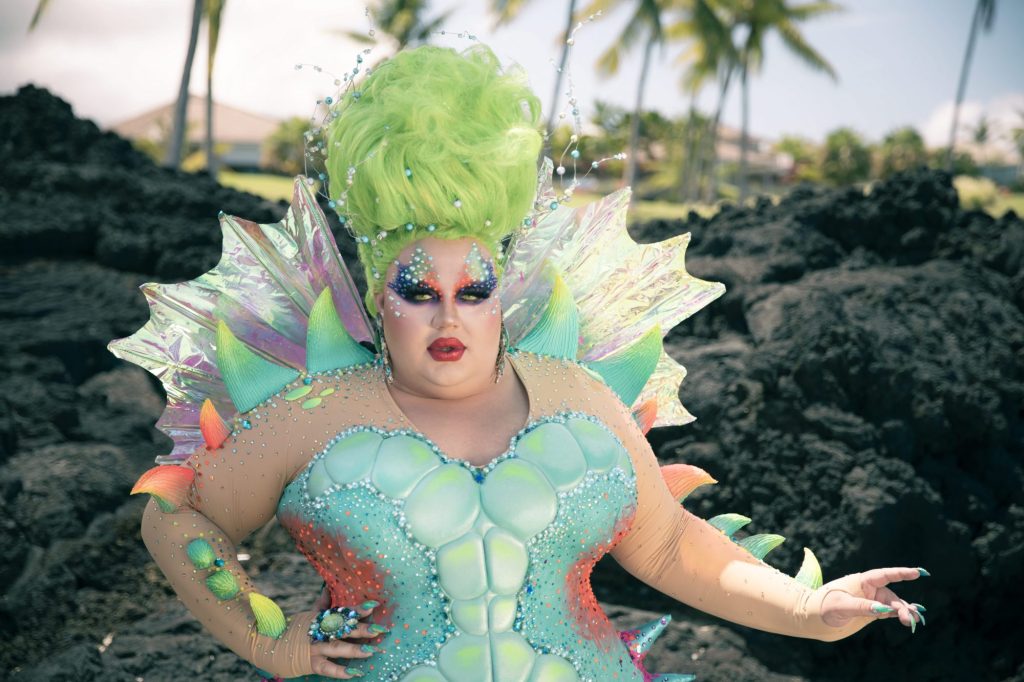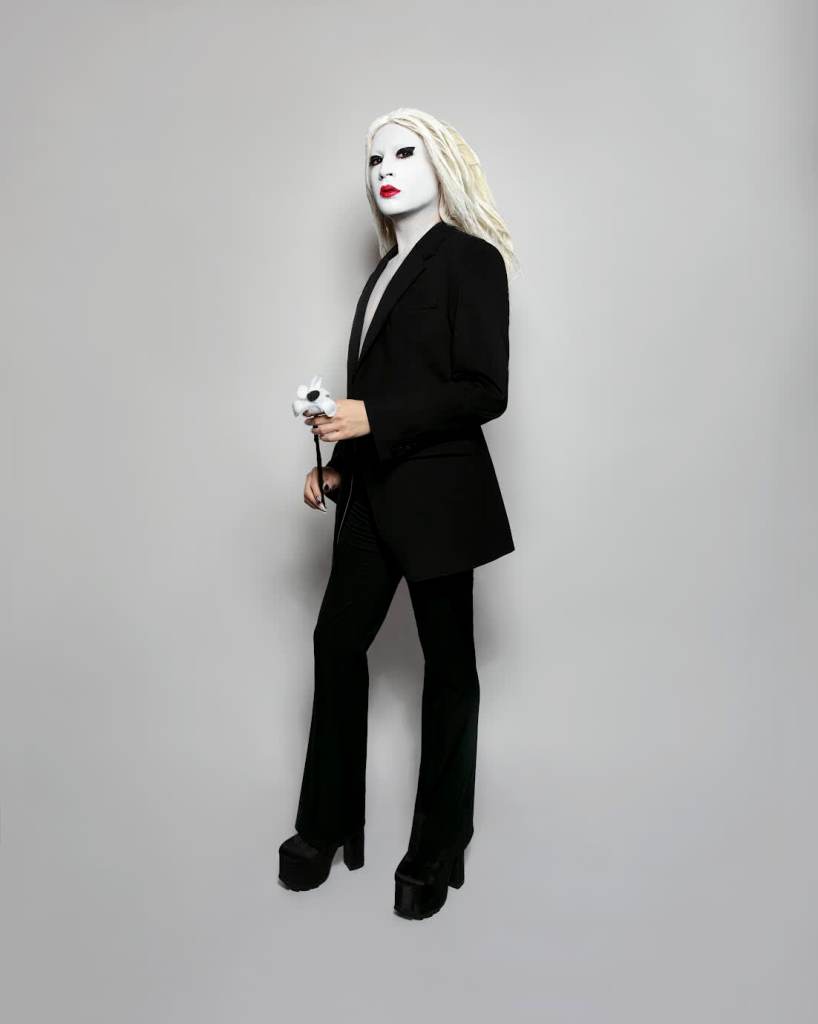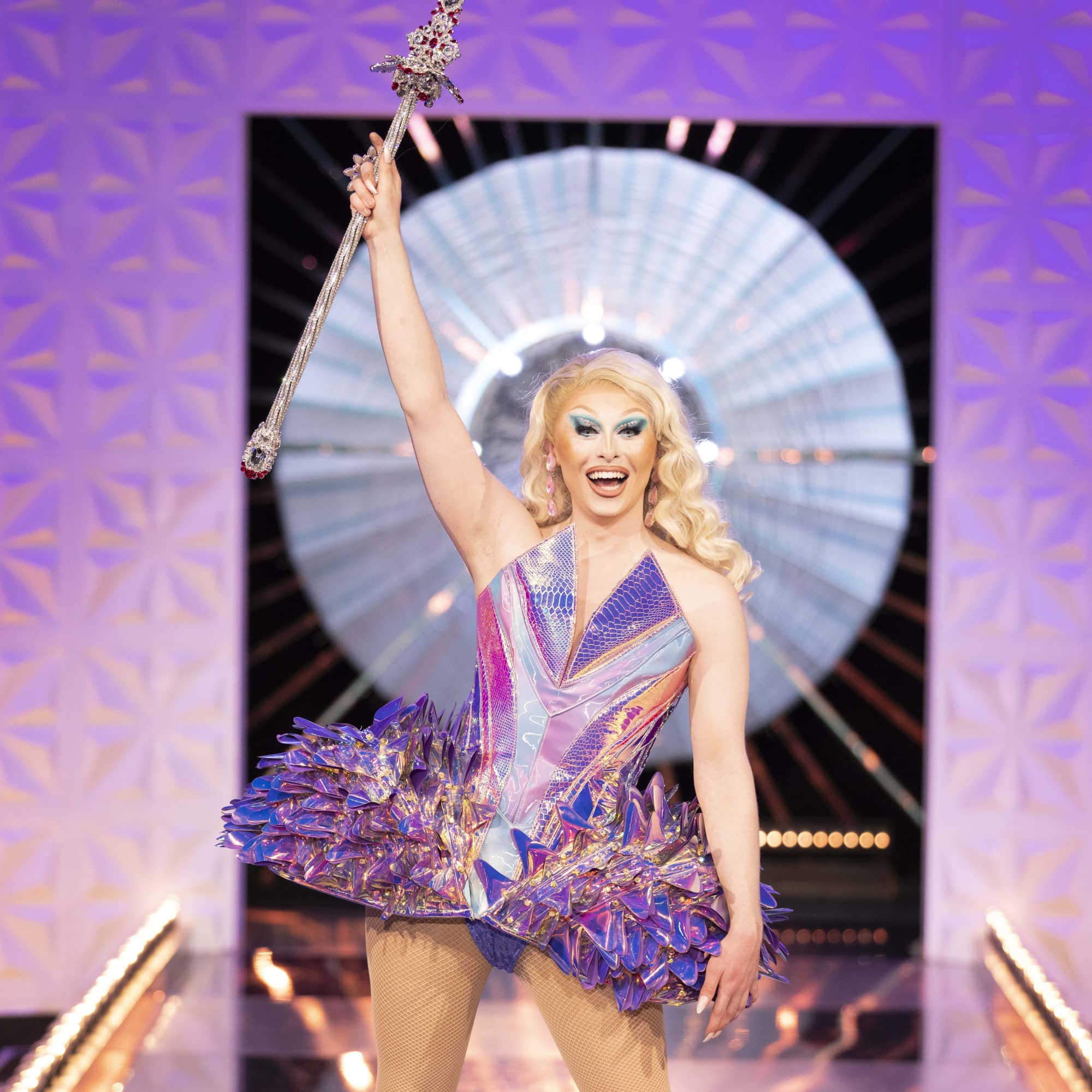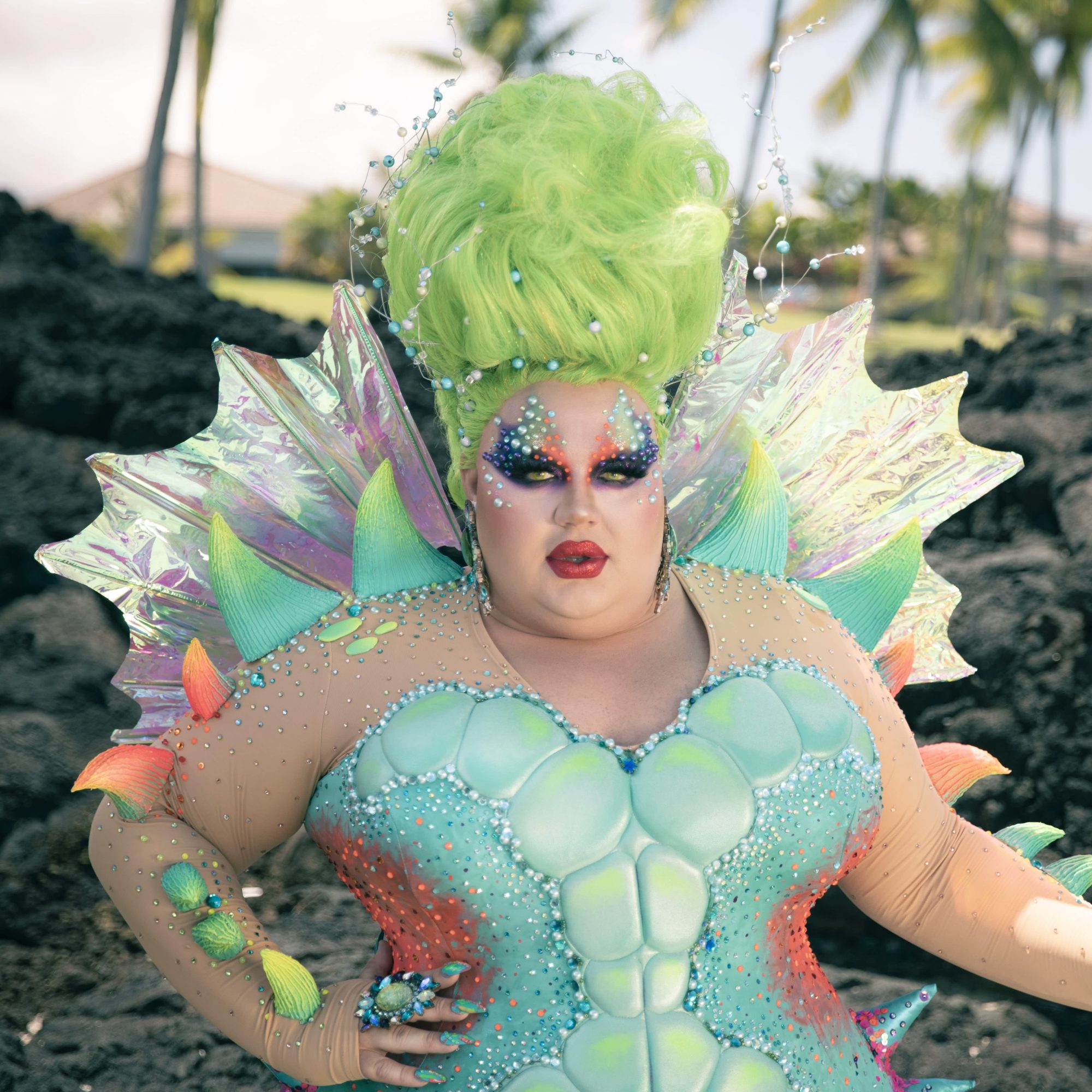
- POPSUGAR Australia
- Beauty
- 5 Drag Artists on the Transformations That Inspired Them the Most
5 Drag Artists on the Transformations That Inspired Them the Most

On an outward level, drag has the ability to sweep you up in its technicolour arms, boasting death drops, glittering smiles, big hair, and 5-inch stilettos. At least, this is what we’ve grown to expect from drag’s growing presence on the main stage of popular culture. But while it’s encouraging to see these performances becoming more prominent in media, the transformative power of drag goes far beyond what you see on TV.
In New York City, Dr Wang Newton embraces the Asian stereotypes they grew up with, performing as a Drag King with a self-described “suave, Daddy vibe.” Likewise, Eureka O’Hara saw drag as a refuge from the bullying she grew up with, and has since emerged as a wildly popular entertainer, competing on two seasons of “RuPaul’s Drag Race.”
In an effort to uncover what it is about drag – from the makeup to the fashion, to the artistry – that gives anyone within the community the ability to truly metamorphose in this way, we spoke to five drag artists about what transformation means to them. Read on as they discuss their own drag journeys and the people who inspired their personal transformations the most.
Dr. Wang Newton
Although a club kid at heart, the legendary drag king Wang Newton was conceived thanks to a Halloween party back in 2004, featuring a moustache, cheap wig, and an old tux from a past catering job at the Hilton. “Before the popularity of drag queens on television, true performance magic lived locally– in person, in nightclubs, on the dance floor,” Newton says. “My biggest influences were Miss Phoenixx and Pink Panther Robbie, both fabulous beyond belief and both expressed themselves beautifully with their looks.”
But representation looks a lot differently for drag kings, and they admit that the physical transformation was not their biggest concern. “The beginning was sloppy – I didn’t know about makeup,” Newton says. “It was fully developing the persona, and yes, playing up on Asian stereotypes. I also, obviously, was younger back then, so I was having fun,” referring to their current self as a “crone junior.”
As a drag artist who was assigned female at birth, Newton’s drag has transformed a lot over the years, but so have they. To them, true transformation, even in drag, has to come from within. “It is the inquiry of what this persona feels like, how he moves– how do I want my body to look?” Newton says. “It’s not an escape, it is a completely joyous expression. It is absolutely a part of me.”
Eureka O’Hara
Before high school, Eureka O’Hara would describe herself as a lonely child. She found safety in TV and movies, which is how she first discovered drag. “I started doing drag when ‘Drag Race’ first came out, and I loved Nina Flowers and BeBe Zahara Benet in that first season,” she says. Of course, as she evolved, so did her look. “When I first came on the scene as a drag queen in the ‘RuPaul’s Drag Race’ realm, I was very pageant drag and big-girl glamour. But I feel like the edginess and the more exciting, sexier looks were very inspired by… the bigger queens of ‘Drag Race.’ The camp of Ginger Minj, and the confidence of Latrice Royale, and the sassiness of Darienne Lake -all of these big girl queens on the show kind of created Eureka the Elephant Queen.”
As for her transformation, O’Hara can break it down into three stages: the environment in which she gets ready, the lashes (“your makeup is never fully done until you have the lashes,” she says) and the regalia, which includes the body, hair, and wardrobe. “As queer guys especially, we grow up in a realm of ‘men are supposed to hide that femininity, that glamour, that edge.’ Drag is pulling out everything you wish you could present to the world, but the rules of society say you can’t. So it transforms you into the best version of yourself.”
Emi Grate
When it comes to drag, Emi Grate cites the diva culture in Southeast Asia, burlesque artist Agent Wednesday, and drag queen Nancy NoGood as major sources of inspiration. “In terms of drag makeup and styling, I would go back to season seven of ‘Rupaul’s Drag Race,'” she says. “I was literally looking up Miss Fame’s makeup tutorials and learning how to paint, and then season eight came, and Kim Chi was a huge influence. I really take makeup inspiration from every single one around me. If I see something I like on someone, I will ask them, ‘How do you do it?’ and then adapt it to my face.”
She also credits queens like Lady Bunny and Bob the Drag Queen for helping her transform on a more inward level. “I used to be a very serious person, and Lady Bunny was somebody who I watched and was able to allow myself, later on, to be silly and fun,” she says. For her, drag is an ever-evolving fantasy, and it’s not necessarily the same for everyone. “You can live in that fantasy for a limited period of time, you can create that fantasy to be as far away from who you are as possible, or as close to who you are as possible, and it has endless potential. When you become the image of your own imagination, it’s the most powerful thing you could ever do.”
Untitled Queen
Untitled Queen didn’t watch “Drag Race” the way some of the other drag artists did. Instead, they drew inspiration from their friends. “Many of us did not come from drag families, drag houses, so we didn’t have this kind of lineage to direct or talk to us, so we were really teaching each other and learning on the go,” Untitled says, referencing artists like Mocha Lite and Thorgy Thor, as well as Merrie Cherry and Horrorchata.
An artist in every sense of the word, Untitled finds inspiration even beyond the drag community. “My art practice is really interdisciplinary, like I work in installation, drawing . . . and so I’m inspired by lots of different things, like film and dollar stores and art history.” They were excited to find that drag could also be multifaceted in this way. People were not necessarily transformed into one kind of artist – they were fashion stylists and designers, singers and rappers, DJs and punk rockers. For Untitled, drag feels like an extension of their art. A limitless exploration rather than an escape.
“My drag is not like a character, it’s not- I wouldn’t even really call it a persona. It’s just me, it’s a part of who I am,” Untitled says. “What’s amazing about drag and what I find so exciting about it, is it challenges and makes fluid all these ideas about our construction of our identity.”
Chiquitita
Chiquitita is a younger translatina queen in the Brooklyn drag scene, but at 23, she’s already been doing drag for seven years. She still recalls seeing Aja, a queen who went on to compete in “RuPaul’s Drag Race” season nine, as well as “RuPaul’s Drag Race All-Stars” season three, for the very first time. “I remember her getting out of the car in full regalia and [she] just looked like Marilyn Monroe; she was so beautiful . . . so that is kind of what, in real life, struck my curiosity with drag,” she says.
Nowadays, Chiquitita finds herself more inspired by the burlesque scene, although she still has a special place in her heart for Brooklyn drag. “I love being able to go back and forth from something really glamorous and show-stopping to something that’s a little more along the lines of what people consider Brooklyn drag to be like, which is artsy, messy, spontaneous, non-consistent,” she says. This is similar to how she defines her own drag, which she calls “unpredictable, sporadic, and constantly showing different sides of my personality.” For her, transformation is about making a complete 180. Finding a way to feel completely opposite to how you felt in the beginning. Is that how she feels in drag? “Sometimes,” she says, pausing thoughtfully. “If I’ve been working a lot, I’m pretty exhausted from it. If I do it once a week or something, it feels more like a treat.”


